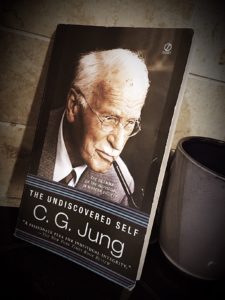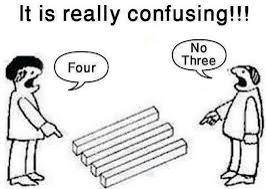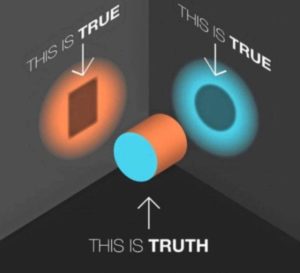
VERB Your To-Do List
VERB your to-do list
I’d like to share with you a cool and random idea I had with a client that is really working for me personally.
See, I know that a lot of people, when they “can’t get motivated to do what they need to do” have maladaptive ways and reasons. They are perfectionists-who-procrastinate (and it’s worth working on their shame-related core belief), or they have their priorities all out of whack (and it’s worth taking the conversation to values and meaning), or they or maybe have subconscious resistance (and it’s worth discovering it!). Or whatever.
Some people (and I suppose I’m one of them) are just kind of internally inconsistent. I don’t always wake up in the morning with the same kind of “energy” and the kind of energy I have fluctuates during the day. Honestly, it often doesn’t matter. When it’s time to teach, it’s time to teach. When it’s time for therapy, it’s time for therapy. (Those are easy – I have internal access to my teaching and therapy energy almost all the time. I haven’t yet sorted out whether I believe that’s natural, and I just found the right occupational place for myself, or if it’s something that develops with value-oriented-time-and-practice. Or both. Or something else.) When it’s time to turn in grades, or work on a grant proposal, or have a meeting with colleagues I disagree with … I rarely have the right kind of energy, but it doesn’t really matter. It must be done.
But there a lot of things that sort of fall in the middle – writing, cleaning, reading, etc. And there are some times (and I know this is a luxury, but it’s likely that you have at least some measure of it as well) when my day isn’t demandingly structured by an outside authority. And, yet – I’ve spent most of my life trying to demandingly structure my own time! (I sort of understand why, but it’s a long Family of Origin tangent.) Here’s what I do now:
I’ve chosen to group the items on my ongoing to-do list by type of energy. Generally, these are all things that don’t have hard deadlines or involve other people.
My current categories are WRITE, LEARN, CREATE, CLEAN, WORKPREP, THINK, and RUN-AROUND.
Under the WRITE category, I have things like make more blog posts and work on articles and workbooks I have in progress. The LEARN category includes reading one of my stack of not-yet-read psyc books, doing continuing education, etc. The CREATE category has more personal items – my kids’ photo books, hypnosis recordings, painting the bathroom. The CLEAN category literally just has every sub-divided space in my house listed! Under the WORKPREP title, I have things like advocacy research tasks and handouts I want to make for clients. The THINK category is where I put those random thoughts I have that I don’t have time to pursue when they pop in. And the RUN-AROUND category is everything that requires me to get in my car – typical errands.
So, when I have a bit of unstructured time, I can just check in with myself and see what kind of energy I have, then I can go to my list and choose something. I can’t tell you how much more productive I have been since I started this!
As a bonus (and this came up with a client, as well, and then also is now important in my own life…), I added REST and CONNECT categories.
Comment below: How about you? How do you structure your own productivity when someone isn’t doing it for you? What kind of categories might you have on a verb’d to-do list?









